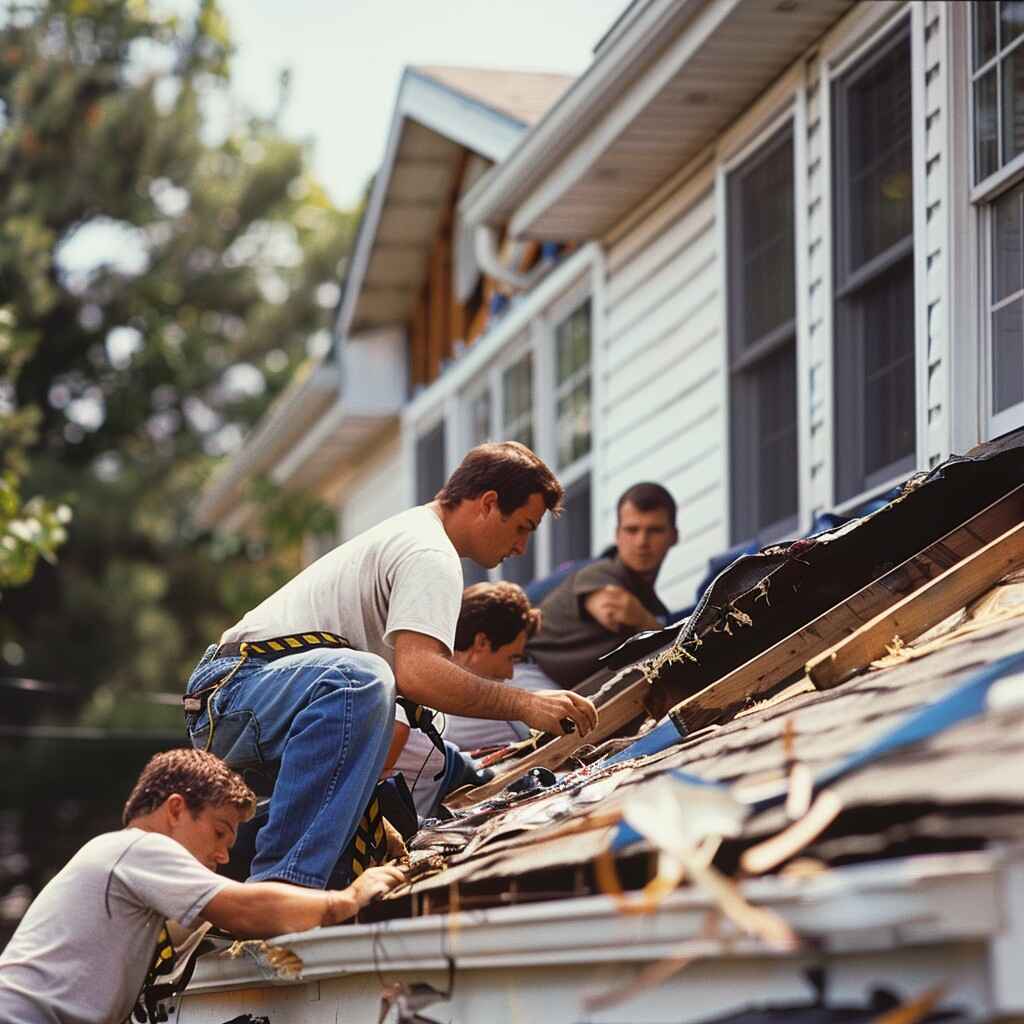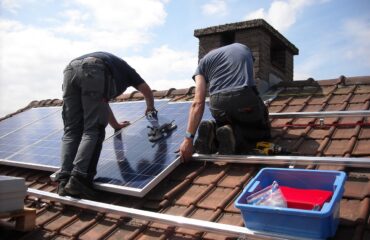Adding a new roof over an old one is possible and offers benefits like enhanced structural integrity and protection against weather elements. Before installation, assess weight capacity, address damage, and follow local regulations. To proceed, evaluate the old roof’s strength, fix any damage, and guarantee cleanliness for proper new roof adhesion. Apply necessary barriers and install new materials correctly. Consider costs compared to a complete replacement, factoring in long-term expenses. Professional roofers in Austin can advise on cost-effective solutions. This option offers advantages, but further details can provide a clearer understanding.
Benefits of Adding New Roof
Adding a new roof offers a range of benefits that can enhance the structural integrity and longevity of the existing building. Property owners can enjoy increased protection against weather elements such as rain, snow, and wind by installing a new roof over an old one. This added layer can help prevent leaks and water damage, ultimately preserving the interior of the building. Additionally, a new roof can improve energy efficiency by providing better insulation and reducing heating and cooling costs.
In addition to the practical advantages, a new roof can also enhance the property’s aesthetic appeal, increasing its curb appeal and potential resale value. It can give the building a fresh, updated look, contributing to a more modern and well-maintained appearance. Moreover, installing a new roof can be a cost-effective solution compared to a complete replacement, saving time and money while still providing many benefits of a new roofing system.
Considerations Before Installation
Before installing a new roof over an existing one, it is essential to carefully assess the current roof’s condition and consider various factors to guarantee a successful and durable roofing project. One critical consideration is the weight-bearing capacity of the existing roof structure. Adding another layer of roofing material will increase the load on the structure, so it must be able to support the additional weight.
Another factor to take into account is the condition of the current roofing material. If there are signs of extensive damage, such as rot or mould, it may not be suitable to lay a new roof over it. Addressing any underlying issues before installation is essential to ensure the new roof’s longevity.
Additionally, the local building codes and regulations must be followed when installing a new roof over an old one. Some areas may have specific requirements or restrictions regarding this type of roofing project. Considering these factors before installation, you can avoid potential issues and ensure a successful and lasting roof renovation.
Steps to Put New Roof
Evaluating the structural strength of the existing roof is the initial step in putting on a new roof over an old one. This assessment helps determine if the current roof can support the additional weight of the latest roofing materials. The next step involves inspecting the old roof for any signs of damage, such as leaks, rot, or mould, that may need to be addressed before installing the new roof.
After the assessment, the old roof should be thoroughly cleaned to guarantee proper adhesion of the new roofing materials. Removing any debris, dirt, or algae growth that could interfere with the installation process is critical. Following the cleaning, a moisture barrier or underlayment is typically applied to protect against water infiltration.
Once the preparation is complete, the new roofing materials can be installed according to the manufacturer’s guidelines. This includes laying down shingles, tiles, or metal panels in the appropriate pattern and securing them to ensure a durable and weather-resistant roof. Regular inspections and maintenance are essential to prolong the new roof’s lifespan over the old one.
Cost Comparison With Roof Replacement
A thorough cost analysis is vital when comparing the expenses associated with replacing an old roof with a new one versus a complete roof replacement. While choosing a new roof over an existing one may seem cost-effective initially, important factors must be taken into account regarding long-term costs and benefits.
Placing a new roof over an old one typically involves fewer materials and labour, resulting in lower upfront expenses than a complete roof replacement. However, this method may need to address underlying issues such as structural damage, mould, or ventilation problems that could lead to more significant repairs. In contrast, a complete roof replacement allows for a fresh start, ensuring that any underlying issues are adequately addressed, potentially saving money on future repairs.
When weighing the costs between these options, it is essential to evaluate the current roof’s condition, the extent of necessary repairs, and the long-term consequences of each choice. Consulting with a professional roofer can provide valuable insights into the most cost-effective and sustainable solution for your needs.
Other Roofing Tips:





